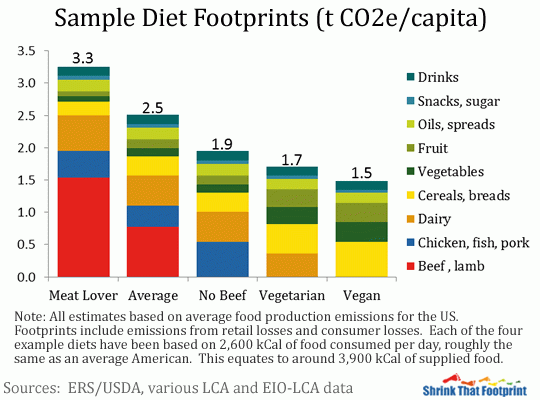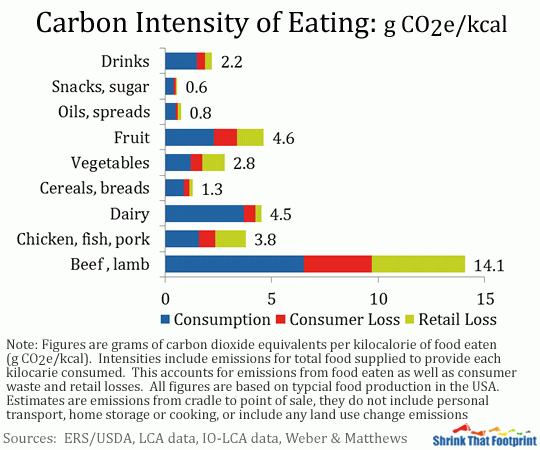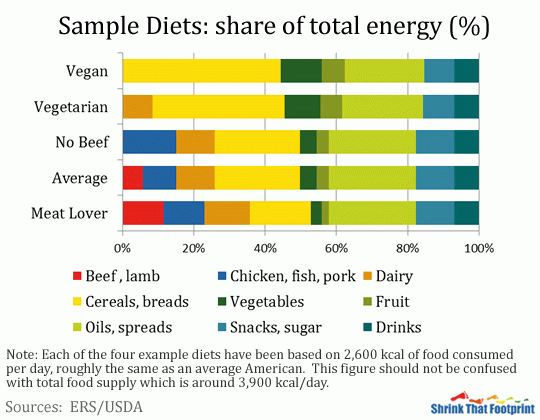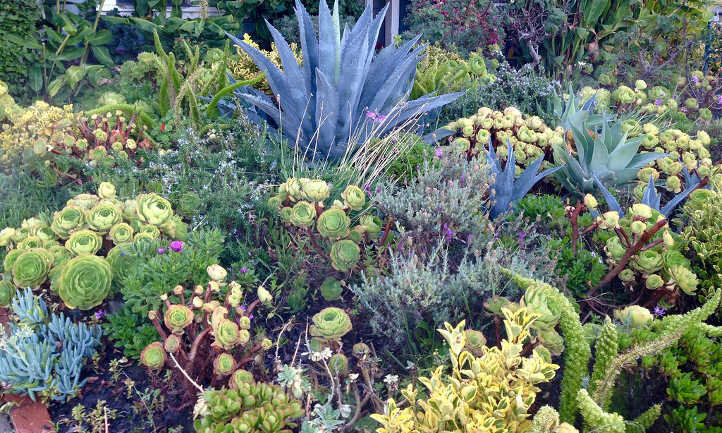“Agriculture is the single biggest threat to the global environment, through the loss of ecosystem services and global warming, and at the same time the key to human well-being in all societies.
”
See
Decisions around water and food are some of the most personal decisions that a person makes in their daily lives. Where changes to transportation, energy, or consumer purchases are external to ourselves, and, therefore, somewhat removed and peripheral, the act of making changes to how we interact with food and water is inherently special. It is not hyperbolic to say that water is the essence of life and food is the energy; everything we do, be it personal, communal, or global, involves water and food. In order to understand how we can reduce or minimize the negative impacts of our practices, and make positive strides to reinforce the positive habits we strive to adopt, we must first understand the context that water and food play in our lives, and the lives of every person on earth.
The idea that we live on a water planet is one that most of us have heard our entire lives, and that is certainly true. Seventy-one percent of the earth’s surface is covered in water, but the vast majority of it is, of course, found in the ocean in the form of sea water. Of the water that is not salty, even less of it is available for use.
The relatively minuscule amount of water that is not saline (ninety-six percent of total water is), is predominantly locked in glaciers and icecaps. Only one ten-thousandth of a percent of the total water on earth is found in rivers and lakes, and this is the source that the vast majority of people use around the world. In raw numbers, that is 509 cubic miles, out of a total of 332,500,000 cubic miles. We must realize just how precious the water we do have access to is.
As global climates continue to shift in response to anthropogenic emissions, the impacts of these shifts will not be felt universally, or be equally distributed across the globe and for all people. Various counties will suffer the brunt of the world’s droughts, and many of the countries most affected are also the most vulnerable to water risk.
But how do we use water? There are the obvious uses, domestic consumption, cooking, drinking, and hygiene, for instance, and the less obvious uses, industry, energy, and consumer goods. In our lives and homes water has a multitude of hidden uses.
Direct water usage can be found throughout the home, but there is an even larger portion of water that goes into services and goods that we consume. Food is one of the largest.
Virtual water is the “hidden” water cost embedded in producing consumer products. When we export these products, we are actually exporting our water supply. In this figure, one water droplet is equivalent to 50 liters, or 13 gallons, of virtual water.
Within food lies our largest opportunities for change and also our greatest challenges.
Discern
What is wrong with the status quo? Why are we obligated to make changes in our life to reduce our consumption of water, and to reduce the environmental impacts of our food? Because there will be consequences to inaction and these consequences will be felt personally, in our communities, in our states, in our country, and in our world.
The 2030 Agenda for Sustainable Development, adopted by all United Nations Member States in 2015, provides a shared blueprint for peace and prosperity for people and the planet, now and into the future. At its heart are the 17 Sustainable Development Goals (SDGs), which are an urgent call for action by all countries - developed and developing - in a global partnership. They recognize that ending poverty and other deprivations must go hand-in-hand with strategies that improve health and education, reduce inequality, and spur economic growth – all while tackling climate change and working to preserve our oceans and forests.
The two goals most pertinent to the discussion of food and water are goals two and six.
Even while access to safe food and water sources is an issue globally, there remain issues and inefficiencies within the United States.
Domestically, one of the greatest issues is food waste, both in the supply chain (from the farm to the home) but in the home as well. We can all think of instances when we bought too much of a type of vegetable and threw it out before using it because it wilted in the back of the fridge or when we passed over a piece of fruit in the supermarket because it didn’t look exactly perfect.
While wastage is evident throughout agricultural processes, huge gains can be made by consumers who reduce their overall impact.
Of the food that does make it to our plate, there are extraordinary differences in the environmental impact of our diets, based on the types of food we consume.




Unfortunately, for each piece of wasted food, and its associated direct emissions impact, there is an enormous impact behind scenes, from the emissions in getting that wasted food to the grocery to the fertilizer that was wasted on food that simply ends up in the landfill.
SO WHY TAKE ACTION?
There are many universal and interrelated principles that should guide every person in how they interact with the world around them, especially in regards to activities and actions that have the potential to have a disproportionate impact on those less fortunate than themselves. These principles are areligious, apolitical, and cross-cultural and national borders. When deciding on whether or not to take action in your own life and take that first step toward sustainable living, consider if these four principles that we have identified have meaning to you.
Human Dignity
Our fundamental worth is not earned but is inextricably part of being human and inherent in each person.
Common Good
Common Good is the measure of our collective progress towards creating conditions that allow everyone to flourish.
Solidarity
Solidarity is the firm commitment to the good of each person and of all because we are all deeply interconnected and interdependent with not only each other but all of life.
Subsidiarity
Subsidiarity is the belief that matters are to be handled at the lowest level possible and the highest level necessary, in order to allow each part of the social order to receive its due so it can carry out its proper function.
If these principles are in line with your beliefs and identity, then how can we not take action?
Act
Each of us have different resources that we can bring to bear when taking action. We may be students living on a university campus, single working parents, or retirees, each person willing to make a change in their lives will begin their own personal path.
Personal - Water
Personal - Food
Reduce Beef and Lamb Consumption
Become Vegetarian/Vegan
Purchase Sustainably-Sourced Seafood
Reduce Food Waste or Compost
Eat Locally Grown Foods
Don’t be afraid of “Ugly Food”
Communal
Have Family Meals that are Vegetarian/Vegan
Donate Old Food to Food Pantries
Sign Up for Food Sharing App(s)
Promote/Buy a Part of a Community Garden
Transformational
Advocate for Lessened Lawn Care Standards in Your Neighborhood
Dispel the Idea of “Ugly” Produce
Advocate for Locally Grown Foods










